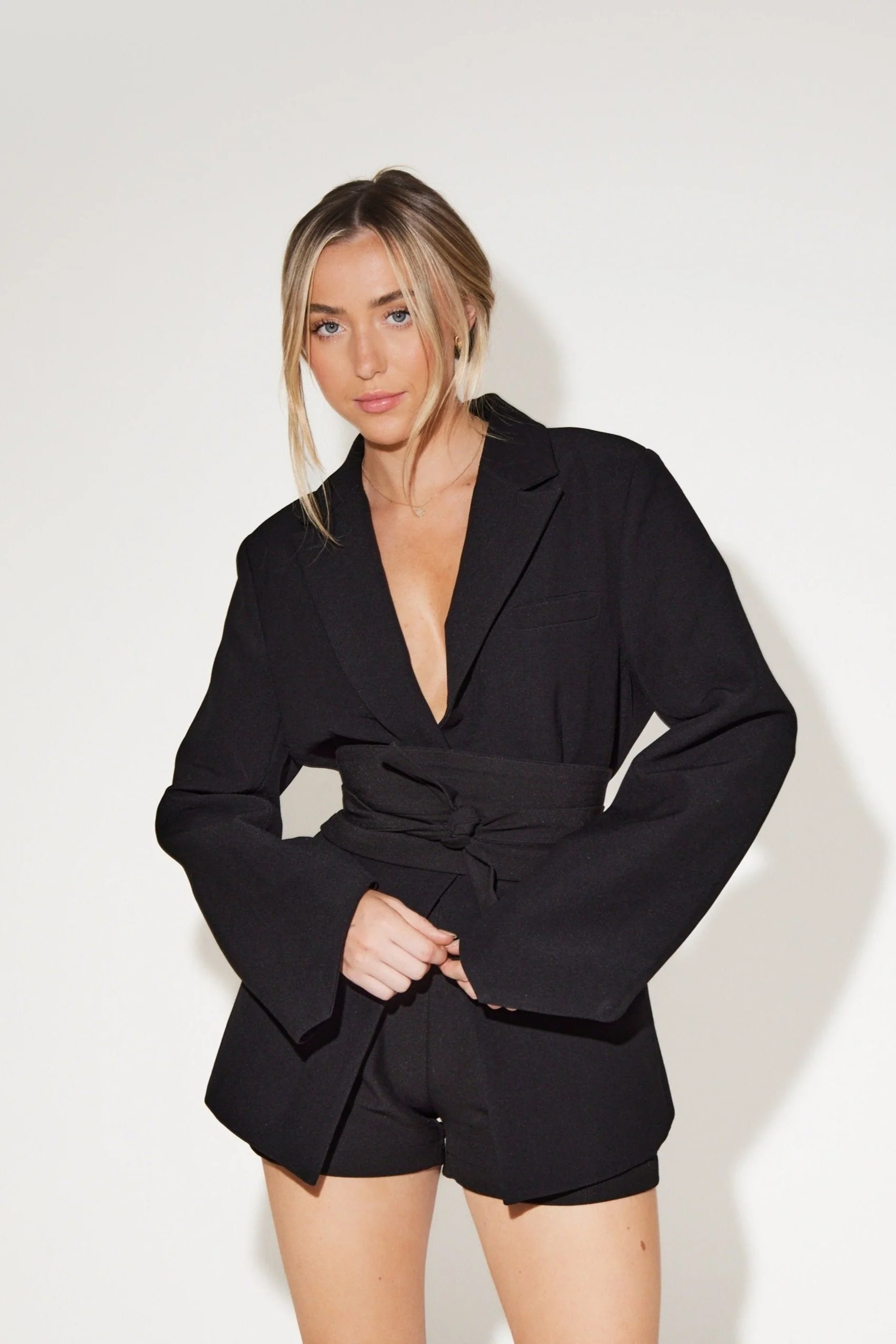

Confessions Of A Loverboy - No Guidnce on Harmony, Brotherhood, and Balancing Emotional Risk with Release
There’s something profound about a confession. Providing equal parts risk and relief, the desire to be vulnerable lies at the core of Confessions of a Loverboy , the latest offering from London-based quartet No Guidnce. Across five tracks, the group offers open-hearted manifestos on modern masculinity, confidence, and heartbreak.


Masculinity in Minor Keys, NIPPA Takes a Deep Dive Into his new EP (Interview)
Nippa is one of UK R&B’s most compelling new voices—genre-blurring, emotionally astute, and refreshingly self-assured and has arrived with his highly anticipated third EP, Hope She Hears This. Hailing from Tottenham, north London, his music fuses buttery smooth melodies with sharp, rap-adjacent lyricism, rooted in a rich palette and wide ground of sonical influences that fall between the genres of Motown to US and UK rap.









